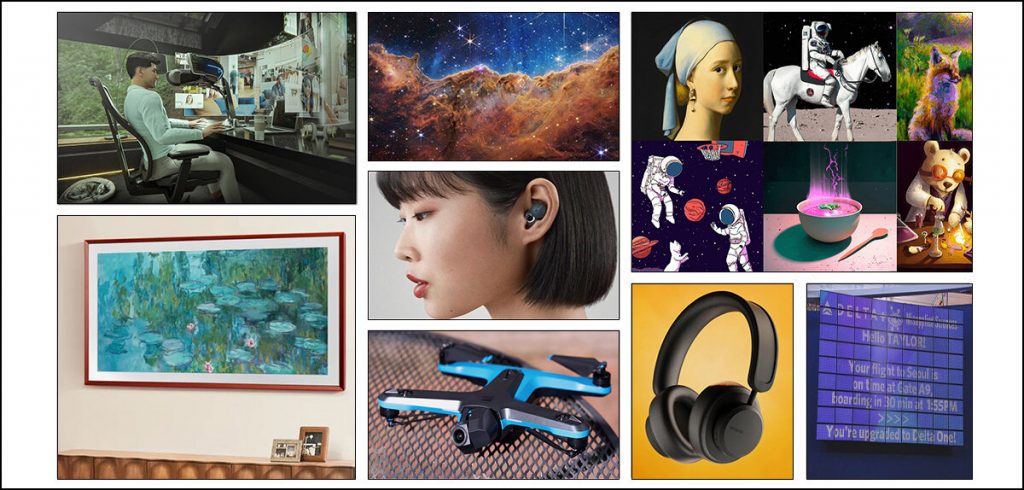Adarsh takes you through eight of the most important technological advancements that marveled us in the year 2022
With humanity making ever greater strides in the developments of technology and engineering, it is no surprise that the year 2022 saw huge strides in that regard. We take a brief review of the most fascinating and game changing aspects of technological developments from this past year.
1. NASA’s James Webb Telescope

If this list were for the top technological marvels of the decade, the James Webb telescope would still make the cut!
It cost over $9.7 million and took over 2 decades to build but it is an exponentially upgrade on its predecessor, the Hubble Space Telescope. It has a mirror and aperture that is almost 3 times larger in radius and the images it has started to capture since February has caught everyone’s attention.
It can see deep into fields of forming stars and can also peer 13 billion years back in time at ancient galaxies, still in their nursery. It can also peek at exoplanets, looking at them directly and can teach us about how those stars and galaxies came together from primordial matter, something the Hubble could only glimpse.
2. Parallel Reality by Delta

(Image Credit: GeekWire)
It is such a pain to look at one of those big screens with rows of flight information at airports. But thanks to a partnership between Delta Airlines and a company called Misapplied Sciences, you now have customized big screens!
At the Detroit Metro Airport, when you scan your boarding pass and look up at the overhead screen, you will only see the information for the flight you are waiting to board.
The pixels in the display can shine in one of 18,000 directions and therefore several people can see distinct information while looking at the same screen. It is a matter of time before this feature becomes common across all airports!
3. DALL-E 2 by Open AI

Every aspiring artist tries to copy the masters! But DALL-E 2 has taken this to the next level.
Using artificial intelligence to study hundreds of thousands of captioned images from the internet, it takes text prompts from users and within minutes generates versions that are mind-blowing.
Ever since its launch, people across the world have been using it to ‘make’ wonderful art!
4. Self-Charging Gadgets from Exeger
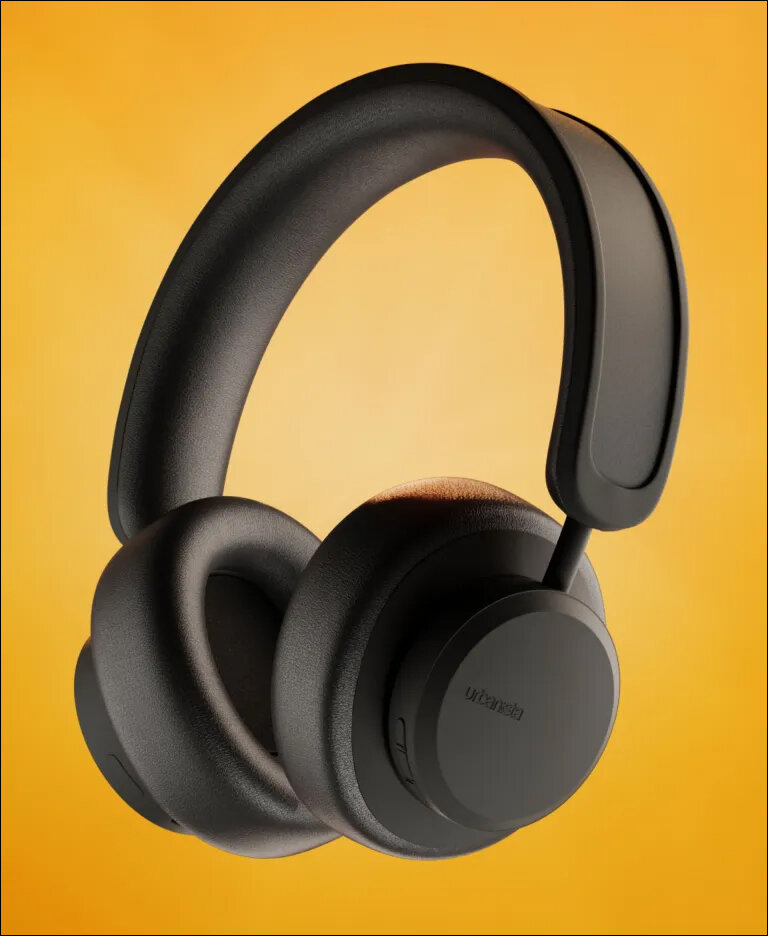
(Image Credit: TechCrunch)
Swedish company Exeger has produced an updated version of solar cells that are compact, flexible and allows gadgets to charge themselves. Silicon solar panels can generate power cheaply at a massive scale but are extremely fragile and require silver lines to conduct electricity.
Exeger’s Powerfoyle updates the dye-sensitized solar cells with titanium dioxide, an abundant material found in white paint and donut glaze. The new electrode is 1,000 times more conductive than silicon and can be printed to look like brushed steel, carbon fibre or plastic.
It is now used in self-charging headphones by Urbanista and Adidas and even a GPS-enabled dog collar.
5. Ultra Reality Monitor by Brelyon
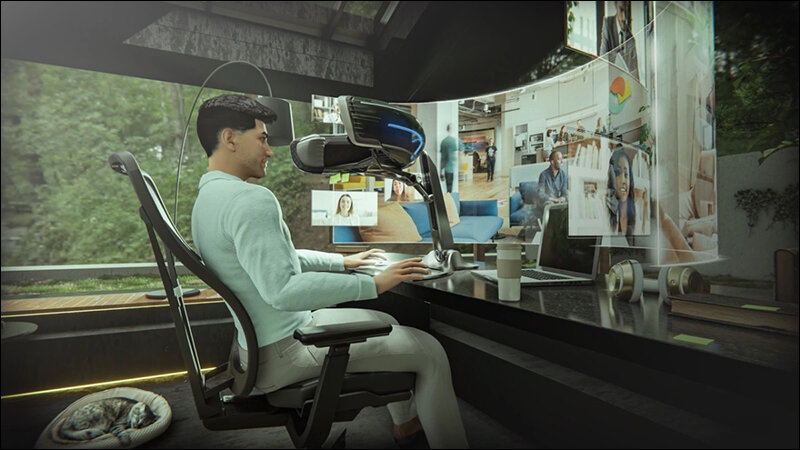
(Image Credit: Brelyon)
Virtual Reality headsets normally show each eye a slightly distinct perspective of the same scene and that is how they create a shallow stereoscopic depth. But Brelyon’s new Ultra Reality monitor uses something called monocular depth modulation.
It lets your eyes focus deeper into a scene just like you would be able to in the real world. The combination of optics and display tech fills your field of vision with 3D images that simulate a 120-inch display. It does this with the help of a device that is the size of a gaming monitor. You can focus on various depths in the scene which makes it feel like the display extends beyond the physical limits of the screen.
Once this tech evolves further, you can expect Star Trek-like Holodeck which creates a room-scale VR without using a headset!
6. Samsung’s Anti-Glare Frame TV

(Image Credit: Samsung)
When you are not using your wide screen television to watch something or play video games, you could use it to display famous artworks. That was Samsung’s idea when it launched Frame a couple of years ago!
But the problem was that light reflected off the TV’s LCD panel, so the paintings looked like they were displayed on a screen instead of a canvas. But Samsung has fixed the issue with their second-generation Frame 2022 which comes with an anti-reflective matte display. So, if you cannot afford an original Van Gogh, the second-generation Frame is your best bet.
7. Linkbuds by Sony
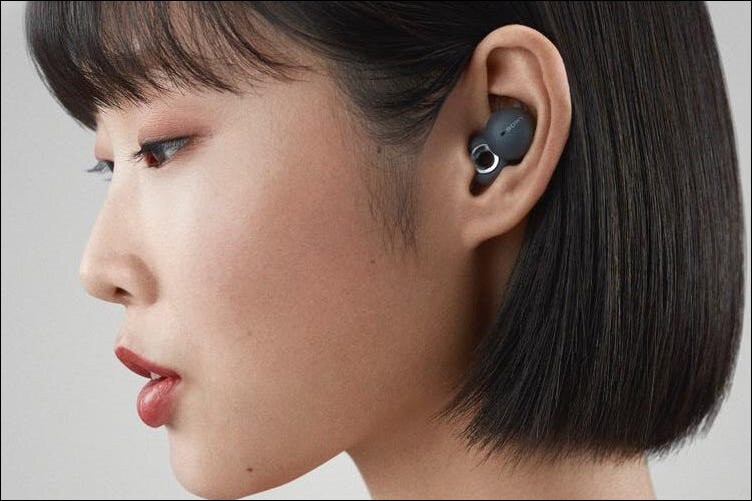
(Image Credit: Forbes)
Imagine you are listening to music on your earphones while out for a jog. You would never hear approaching vehicles. Sony’s LinkBuds aims to solve that problem by letting in outside sound, so you never have to take your earphones out. The Buds have a hard-shelled body with a circular cut out which Sony calls an open ring. The ring gives it a unique look and is where the sound from outside is fed into your ear through the Bud.
If you are looking for noise-cancelling earphones then this is not it but if you want a balance of music and ambient sounds, you should check out the Sony LinkBuds.
8. Accident-Proof Skydio Drones
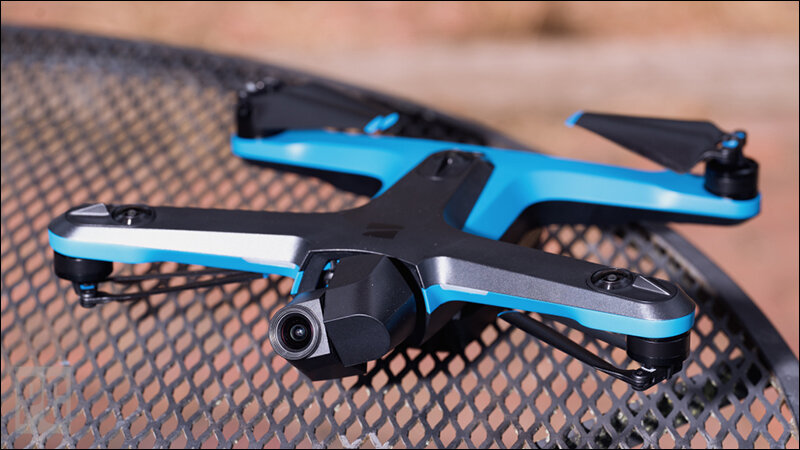
Imagine a drone that will not crash! The Skydio 2+ comes equipped with a fish-eye lens that has a 360-degree view and adjusts more than 500 times per second to avoid hitting obstacles.
A dual-core Nvidia chipset creates a 3D-world model with over 1 million data points per second to identify anything that is in the way. Along with that, the Skydio 2+ captures 4K video at 60 frames per second. and comes with 18 inbuilt paths and programs. So even a newcomer can capture videos that look like TV commercials!
So which one are you most excited about? Tell us in the comments section!
In case you missed:
- Talk to ChatGPT with new AI Glasses
- Meta’s Puffin Project: Future of Mixed Reality in a Pair of Glasses
- Is the Foldable iPhone Around the Corner?
- Samsung S25 Review: A Powerful Upgrade with AI Enhancements
- Nintendo Switch 2 Coming Soon! With a New Console & New Mario Kart
- Meta AI launches on WhatsApp & Insta in India
- iPhone 16: Price, Release Date, Specs & More
- Cloudflare’s One-Click Solution for Image Verification
- TalkBack, Circle To Search & 3 More Google Features added on Android
- Samsung’s Galaxy S25 Phone Might Shape the iPhone 17 Air



